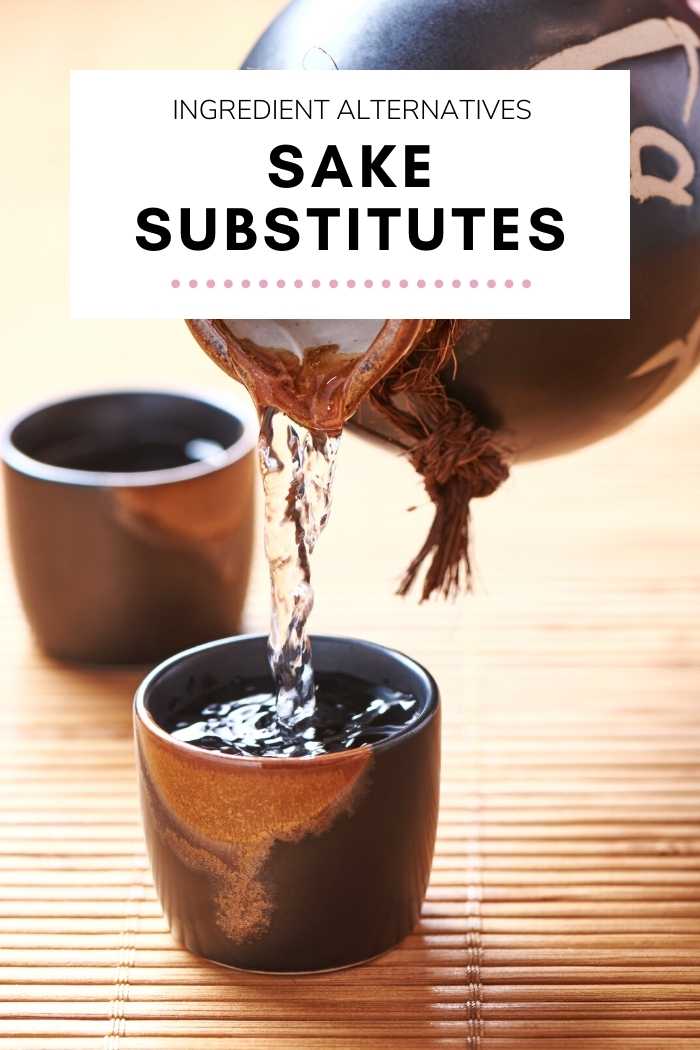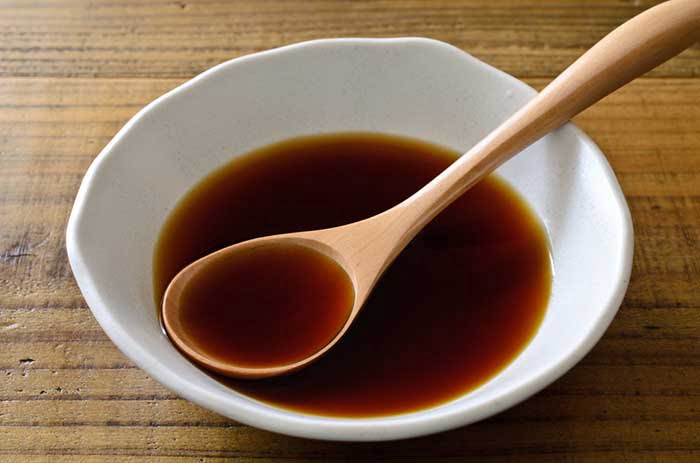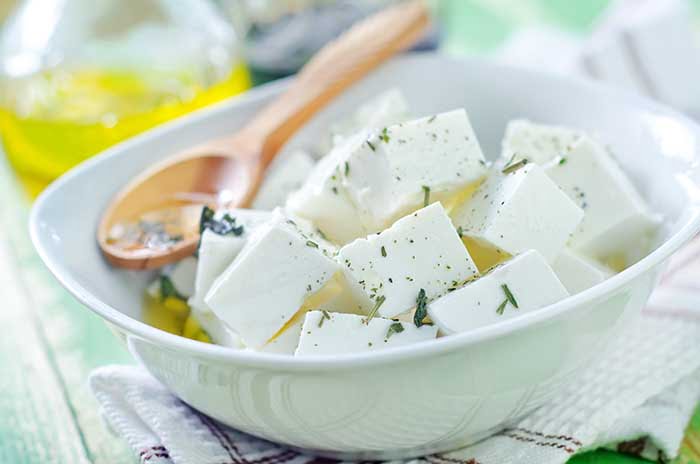Need a last-minute sake substitute? These best seven ingredient alternatives will get you out of trouble.

Sake is a fermented rice alcoholic beverage that is very popular in Japan. Although you may be most familiar with sake as the beverage of choice in sushi restaurants, it is also a popular ingredient in cooking. Special cooking sakes come infused with salt to help add flavor to a dish and tenderize meat and vegetables in your stews or sauces.
Your dish will not be ruined if you don’t have sake on hand, but it will lack some complexity in flavor. Cooking sake is infused with salt and other flavors, so your final dish may taste a little bland without that extra kick of umami. Skipping sake in a marinade can also make your meat or fish tougher because the alcohol content helps make the meat more tender.
Sake is a crucial ingredient in Japanese cooking, but it can be challenging to track down in your average grocery store. Luckily, you can use similar liquids as substitutes in your dish.
The best substitutes for sake are other alcoholic beverages as they have a similar tenderizing effect to sake in marinades and help add complexity to the flavors of your dish. A dry white wine or vermouth can help achieve the same effect as a splash of sake.
Uses for Sake in Cooking
Sake has many different uses, including using it as a marinade for food preparation. You can also use it in various recipes such as steamed chicken or mussels, teriyaki sauce, glazing or grilling fish, salmon dishes, or curry dishes. You can also use it to steam clams, marinate ribs, and grilled swordfish. You can also make strip steaks or steam halibut with ginger as well as cabbage.
Among the best sake for cooking, we recommend junmai or honjozo grade sake. They each have lower alcohol content than other sake grades, and are rich enough in body to infuse your food with a deliciously sweet and umami flavor.
These are just some of the examples of recipes in which you can incorporate sake. It is often used in traditional Japanese dishes, but nowadays, many cultures have also borrowed the alcoholic ingredient.
Rice Wine Vinegar
Rice wine vinegar is also made from fermented rice and the sugars in it. It is a type of vinegar that is often used in recipes in place of mirin or sake. Its flavor is mild and also a little sweet, just like sake. This is how it makes a good substitute. It is often used in Asian cuisine to bring out the desired kick. However, it is sourer than sake, so you will need to add some sugar to the recipe to avoid being too tangy unless your recipe doesn’t mind that.
The great thing about using rice wine vinegar is that it is non-alcoholic, so it works well for people who don’t want to drink alcohol. To swap in rice wine vinegar for sake, you can use a 1 to 3 ratio. You will need to mix the vinegar with either water or grape juice. 1/4 cup sake can be replaced by one tablespoon rice wine vinegar mixed with three tablespoons water or white grape juice.
Chinese Shaoxing Cooking Wine
This is a type of Chinese rice wine. It is a staple in a lot of Chinese cooking, and you may find that it tastes a lot like the Chinese cooking you know and identify as an authentic Chinese plate. Most restaurants use a lot of this wine. It is also known as Chinese cooking wine, and it is made especially for cooking. Using this sauce helps add a deeper dimension to a marinade, soup, or dish.
You can substitute sake with Chinese rice wine as long as you remember that sake is not as strong as Chinese Shaoxing Cooking Wine. You can use equal amounts of rice wine as you would sake.
Dry Sherry
This is a fortified wine that is pretty strong, with a high amount of alcohol, and as such, when it is used to cook with, it’s in small quantities. It is fortified with brandy, and the extended fermentation process means there isn’t much sugar left behind. Dry sherry wines can be aged biologically or using an oxidative process. Sometimes they are aged using both.
You can use equal amounts of dry sherry to replace sake. Dry sherry is one of the closest replacements for sake. It has a nutty and slightly sweet flavor which makes it a great sake substitute.
White Grape Juice
White grape juice is extracted from green-skinned grapes. This is one of the best substitutes to dilute stronger replacements or if you just don’t want alcohol in your dish but need the ‘goodness’ that sake brings to a dish. You may need to give it some kick by adding lemon juice. To replace sake with white grape juice, use equal amounts.
Dry White Wine
A dry white wine is made from fermented white grapes. You can get it in a variety of wines such as sauvignon blanc. It differs from others in that it has less sugar. However, all is not lost. The sugar comes through and gives the wine a slight sweetness.
The difference between a dry and sweet wine is the amount of sugar in the wine. More than 30grams of sugar makes it a sweet wine. Less than 10grams of sugar makes it a dry wine. The stronger the white wine, the better it is to replace sake with. Since dry white wine doesn’t have as much sugar, you may want to add a pinch of sugar to taste. You can use equal amounts of dry white as you would use sake.
Kombucha
Kombucha is made with black tea, yeast, and sugar. It also has a small amount of alcohol, making it a good sake substitute. It is fermented for about seven days or so. This process helps bring out the acidity. However, the alcoholic taste is not too out there. So if sake doesn’t work for you because of this, kombucha may be your best bet.
You can use this in place of sake because it has similar levels of acidity. However, kombucha usually has a bit more sugar, so you will need to be mindful of this. If your recipe is sugar sensitive, it may throw it off. You can use equal amounts.
Cooking Sake vs. Sake:What’s the Difference?
Sake is an alcoholic liquid that you can either drink or use to cook. Cooking sake is better used to cook with. Drinking sake is also known as nihonshu. It is specifically made for drinking and not for cooking. Cooking sake, on the other hand, is also known as ryorishi. While the two may seem to be so different, they are also quite similar. For instance, they have the same alcohol content.
Cooking sake is different in that it has salt in it. This means that it may not be as sweet as drinking sake. Cooking sake cannot be swapped for drinking sake, meaning that you can head over to your pantry and grab a bottle of cooking sake to pour yourself a drink. The other difference between the two is that drinking sake has more alcohol in it. While cooking sake can have about 13% as compared to the almost 20% in drinking sake.
Can I Replace Sake with Mirin?
The two ingredients are pretty similar, but they are still different to a certain extent. Mirin is sweeter than sake. To balance the equation, when you use mirin, you will have to add a bit of sugar to the mix. They both have similar alcohol levels, which makes it a good substitute. Even though mirin is more robust, the flavors are also similar.



